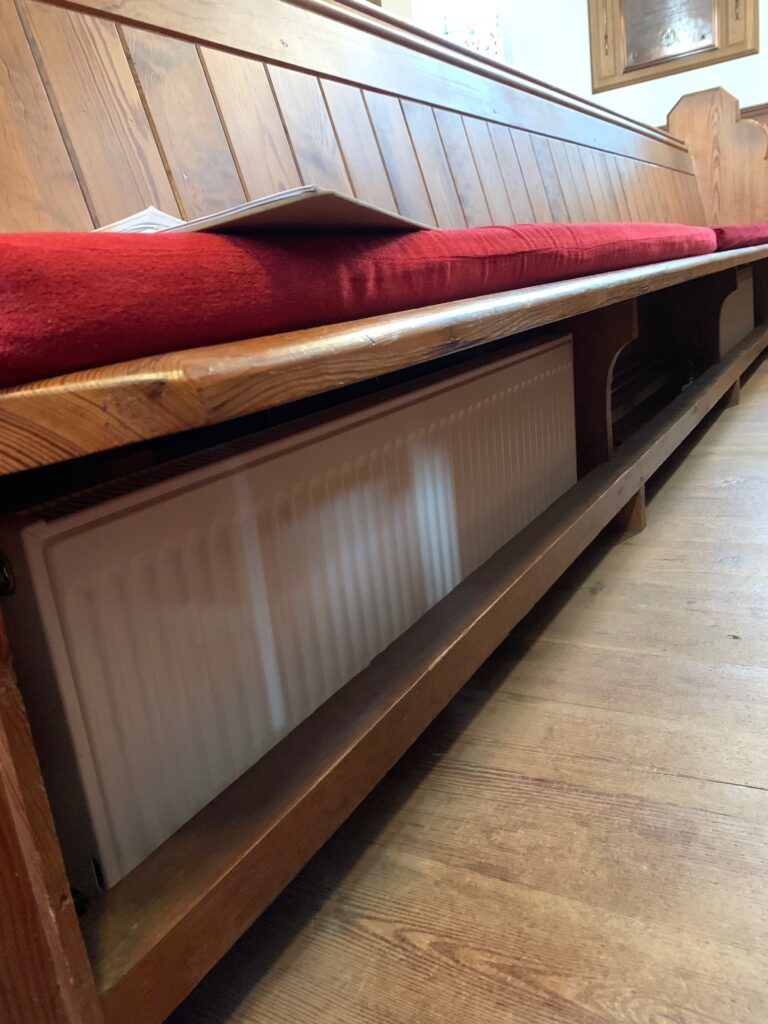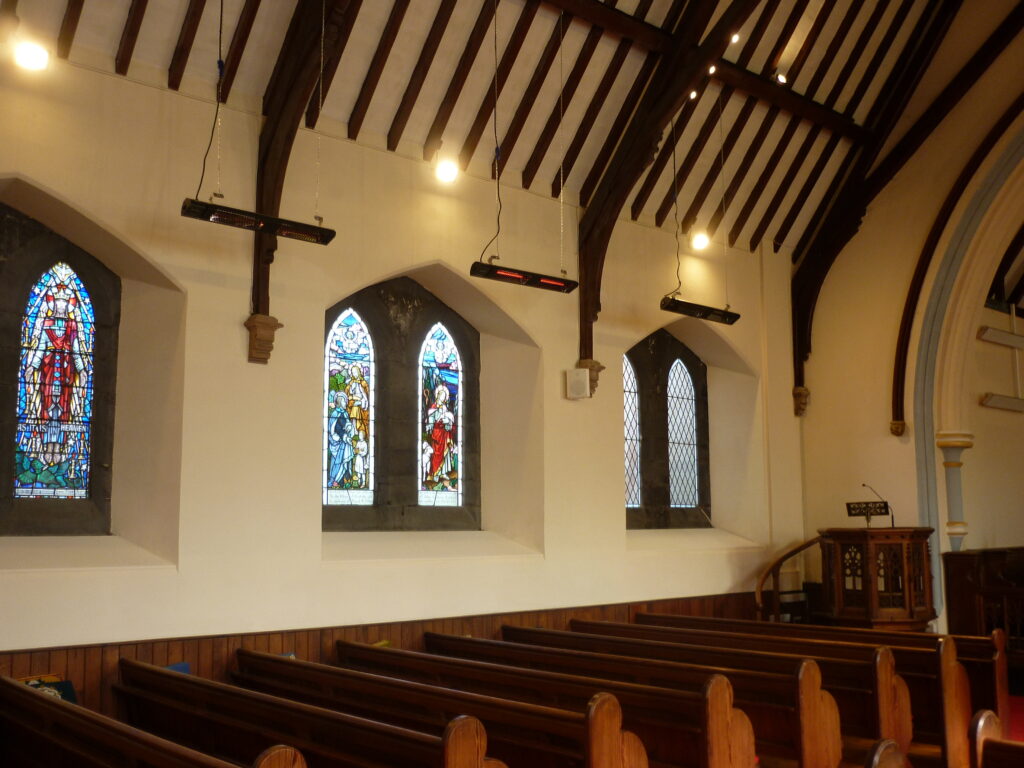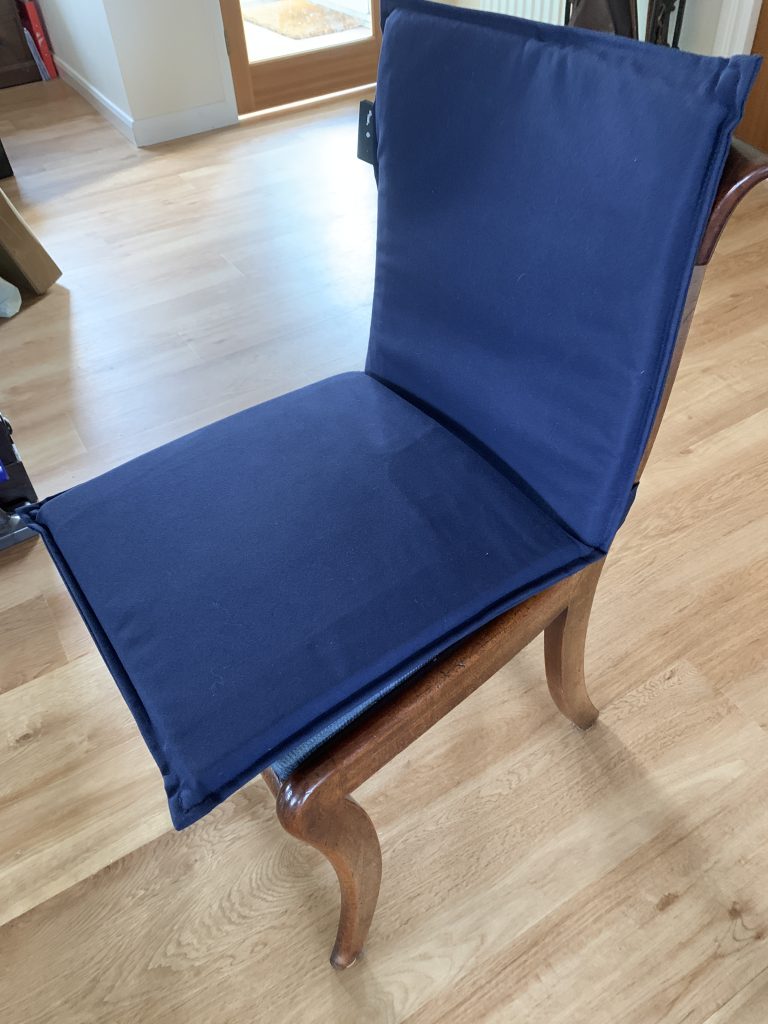Heating our buildings is the single largest contributor to our carbon footprint at Diocese, Parish and church level. The question is simple: how do we keep the users of our buildings comfortable while stopping fossil fuel use, or at least reducing it to a minimum? The context for every church is a little different but the headline answer is also simple. Implementation is more of a challenge of course. Also, implementation will be more of a gradual transition away from fossil fuels for many buildings, by adding low carbon alternatives. These can be used when it is reasonable to keep the old heating off, rather than just taking out the gas/oil boiler as a first action.
The answer has two parts: heat the people rather than the building; electrify where practicable. These Church of England webinars on getting to net zero carbon may be helpful.
But begin by deciding how the building is going to be used. This alters the options you might consider. For example, once a week Sunday services and only occasional other use would cause a small carbon footprint and only justify small to moderate expenditure.
Heat the people Few churches on the island had heating when they were built. The later addition of Victorian pipes and radiators full of hot water mostly just heat the nearby air, which rises up to the rafters causing cold down draughts and uncomfortable congregations despite high fuel use (unless you happen to sit right beside a pipe or radiator).
If a church has some under pew pipes or radiators already and could isolate that part of the central heating circuit, then an electric air source heat pump could be considered for heating the circuit to those pews.

There is another way, which is to heat the people directly, as in several churches on the island, for example St Ninian’s and St Mary’s. Direct radiant heating can be explained by imagining we are all sat around a camp fire. The fire warms the air nearby, which rises up and takes the smoke away. It also radiates heat outwards, which we feel directly and immediately. We sit in a circle at a comfortable distance. Too far back and we are not warmed. Similarly, direct heating units (infrared, IR) have a useful range beyond which no direct warming benefit is achieved.

Above is a view of the new infrared heaters on the north side of the aisle in St Mary’s; and here is a link to another example in a church in Kent. IR heaters include low-glow models and no-glow models such as those for the choir in the chancel at St Mary’s, see the photo below:

One consideration with IR is that they only heat what they can ‘see’. So your feet may not be warmed when you sit in a pew. Seat cushions and floor coverings and warm footwear help to address this.
In addition, heated pew or chair cushions are now available. These range from a simple, low cost loose cushion with a rechargeable battery on a wire as trialled at Marown St Runius, up to mains connected, fitted pew cushions for example in this church in Northumberland or in this small church.
A company called Sit&Heat make a more expensive battery heated cushion that also incorporates a back cushion. The battery lasts several hours.
